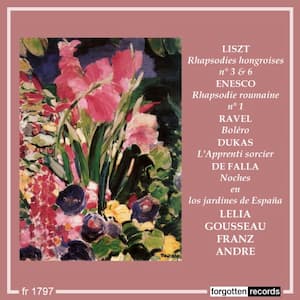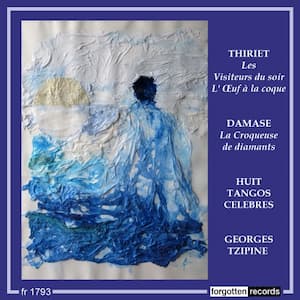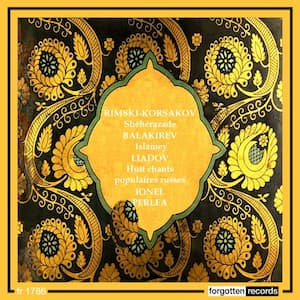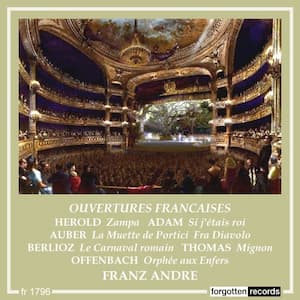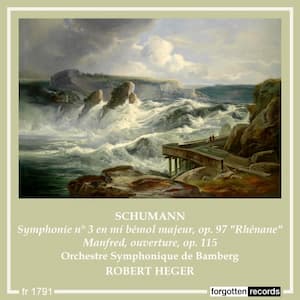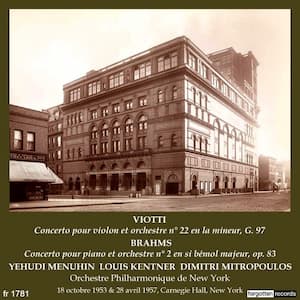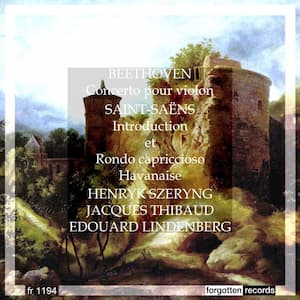In 1839, Franz Liszt (1811-1886) returned to Hungary, which he had left in 1822 at age 11. In the new nationalism that was sweeping Europe, he was hailed as a true Hungarian champion. As part of his musical explorations of
Forgotten records
The Argentine tango scene in the early 20th century was not quite the scene we know from the later tangos of Piazzolla. In this 1912/1916 tango by Argentine composer Eduardo Arolas (1892-1924), we have a more normalized work. Arolas made
Reputed to be the hardest work for piano, Balakirev’s 1869 work Islamey saved many a pianist’s weary wrists when it was orchestrated in 1907 by Alfredo Casella. Its reputation ensured that both Rubinstein and Liszt had the piano work in
In Alexander Borodin’s opera Prince Igor, left unfinished at the composer’s death, we have modern Russia of the 12th century fighting pre-modern Russia. Prince Igor and his army are going to war against the Polovtsy who have attacked Russian lands.
Hector Berlioz (1803 – 1869) had a difficult path to success. He tried time and time again to win the highest award France gave for music, the Prix de Rome, but he could only win it by modifying his style
Solitude….suffering….and the supernatural. Yes, we’re in the middle of Romanticism and when one of the most romantic of composers, Robert Schumann, takes up the romantic tale of Count Manfred as told by the most romantic of poets, Lord Byron, we
The most famous 19th-century violinist that you’ve probably never heard of had a career that spanned all of Europe. He was widely travelled, his debut in Paris in 1782 was an unprecedented success, he was a favourite of Queen Marie
The match between the French composer Camille Saint-Saëns and the Spanish violin virtuoso Pablo Sarasate was ideal – even when Sarasate didn’t play the premiere of a Saint-Saëns violin work, his light and nimble style was always there in the

